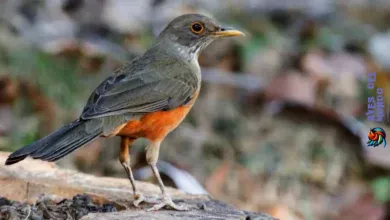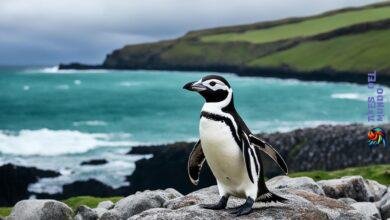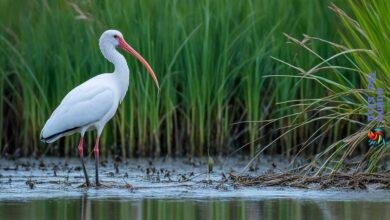Did you know that the Everglades National Park is home to over 360 different species of birds? This diverse ecosystem in Florida is a paradise for birdwatchers, offering an incredible opportunity to observe and appreciate a wide variety of avian life. From wading birds to land birds and birds of prey, the Everglades has it all. In this guide, we will take you on a journey through the best spots for birdwatching in the Everglades, introduce you to the fascinating bird species that call this park their home, and provide you with tips for capturing stunning bird photographs. Whether you’re an avid bird enthusiast or a curious nature lover, the Everglades will captivate you with its remarkable avian diversity. Let’s explore the breathtaking world of birds in the Everglades!
As you embark on this birding adventure, you’ll discover the best spots to observe these magnificent creatures, learn about the different types of birds that inhabit the Everglades, and gain valuable insights into the art of bird photography in this unique ecosystem. We’ll also delve into the important role that the Everglades plays in bird conservation, as well as provide you with helpful tips and resources to make the most of your birdwatching experience in this awe-inspiring national park.
So, grab your binoculars and get ready to be amazed by the birds of the Everglades. Let’s dive into this remarkable world of feathered wonders and uncover the secrets of one of the most remarkable birding destinations in the United States.
Bird Species in the Everglades
Everglades National Park is a haven for bird enthusiasts, boasting a diverse array of avian species. From the majestic wood stork to the iconic white ibis, the park is home to a rich variety of birdlife. Other popular bird species you can expect to encounter in Everglades National Park include the great white heron, great blue heron, great egret, snowy egret, tri-colored heron, little blue heron, cattle egret, reddish egret, black-crowned night heron, yellow-crowned night heron, least bittern, glossy ibis, and the vibrant roseate spoonbill. These fascinating creatures can be observed in different habitats throughout the park, providing ample opportunities for birdwatching and bird photography.
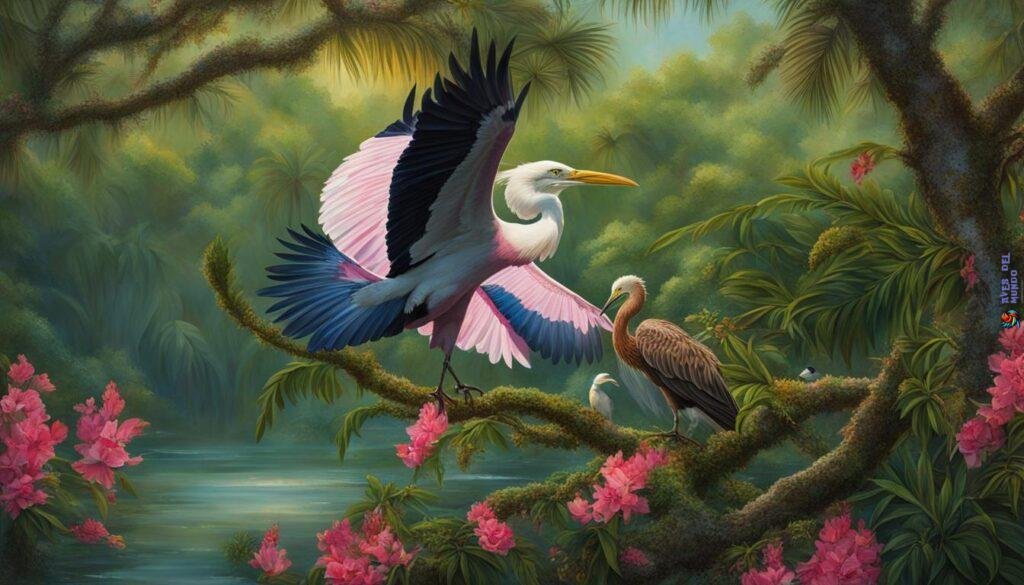
Whether you’re exploring the wetlands, marshes, or mangroves, you’ll be captivated by the stunning diversity of bird species that call Everglades National Park home. From elegant wading birds to agile birds of prey, each species contributes to the intricate ecological balance of this unique environment.
“The beauty and diversity of bird species in Everglades National Park are truly captivating. From the moment you set foot in this extraordinary wilderness, you’ll be immersed in a vibrant world of feathers, songs, and captivating flights.”
The Everglades National Park serves as a sanctuary for these bird species, offering vital habitats for nesting, feeding, and breeding. The park’s diverse ecosystems, including freshwater sloughs, coastal marshes, and pinelands, provide different niches for various bird species to thrive. As you explore the park, keep your eyes and ears open to the calls and movements of these magnificent creatures.
Wading Birds
- White Ibis
- Great White Heron
- Great Blue Heron
- Great Egret
- Snowy Egret
- Tri-colored Heron
- Little Blue Heron
- Cattle Egret
- Reddish Egret
- Black-crowned Night Heron
- Yellow-crowned Night Heron
Roseate Spoonbill and Other Wading Birds
- Least Bittern
- Glossy Ibis
- Roseate Spoonbill
Each bird species plays a crucial role in maintaining the delicate balance of the Everglades ecosystem. As you explore this remarkable natural wonder, take the time to appreciate the beauty and significance of these avian inhabitants.
Best Spots for Birdwatching in the Everglades
The Everglades offers several prime locations for birdwatching, attracting enthusiasts from around the world. Whether you’re a beginner or an experienced birder, these birding hotspots in the Everglades promise unforgettable experiences. Here are some of the best spots to observe a variety of bird species in their natural habitat:
Anhinga Trail
This popular trail is a must-visit for birdwatchers. Located in the Royal Palm area of Everglades National Park, the Anhinga Trail offers a diverse range of avian sightings. As you walk along the boardwalk, keep an eye out for wading birds like herons, egrets, and spoonbills. You may also spot cormorants, Purple Gallinules, and nesting Anhingas. Capture the beauty of these birds as they go about their daily activities.
Mahogany Hammock
In the heart of the Everglades, Mahogany Hammock is a paradise for bird enthusiasts. This tropical oasis is home to a variety of bird species, including the elusive Cape Sable Seaside Sparrows and Bald Eagles soaring above the trees. Look out for warblers flitting among the branches and listen for their melodic songs. With its lush vegetation and tranquil atmosphere, Mahogany Hammock offers a peaceful escape for both birds and birdwatchers.
Paurotis Pond
If you’re longing to see graceful Roseate Spoonbills and other wading birds up close, Paurotis Pond is the place to be. This shallow, marshy area is teeming with avian life. As you wander along the trails, you’ll likely spot herons, egrets, and ibises gracefully wading through the water. The vibrant pink hues of the Roseate Spoonbills create a stunning sight against the backdrop of the Everglades’ natural beauty.
Nine Mile Pond
Nine Mile Pond is a hidden gem for birdwatching enthusiasts. Located in the western portion of Everglades National Park, this remote area offers a unique opportunity to spot rare and endangered bird species. Keep a lookout for Snail Kites swooping over the water, White-crowned Pigeons perched on tree branches, and a variety of songbirds flitting among the foliage. The tranquil surroundings and abundance of birdlife make Nine Mile Pond a birding hotspot.
Snake Bight Trail
If you’re in search of warblers and the elusive Mangrove Cuckoos, the Snake Bight Trail is a favorite among birders. Located in the Flamingo area of the park, this trail takes you through the mangroves, offering a chance to see a variety of bird species. Keep your eyes peeled for the vibrant plumage of warblers as they dart among the branches. Don’t forget to bring your binoculars to spot the occasional flamingo wading in the shallow waters.
Shark Valley Tram Road
For an immersive birdwatching experience, hop on the Shark Valley Tram Road. This 15-mile loop is known for its abundance of wading birds. Look up to see the distinctive silhouette of Wood Storks soaring overhead. Listen for the unique call of Limpkins as they forage along the marshy edges. Along the way, you may also encounter herons, ibises, and other bird species that call the Everglades home. The Shark Valley Tram Road offers a leisurely way to observe and appreciate these magnificent creatures.
Remember to bring your binoculars, camera, and plenty of patience as you explore these best spots for birdwatching in the Everglades. Immerse yourself in the sights and sounds of the avian world, and embrace the beauty of these natural habitats.
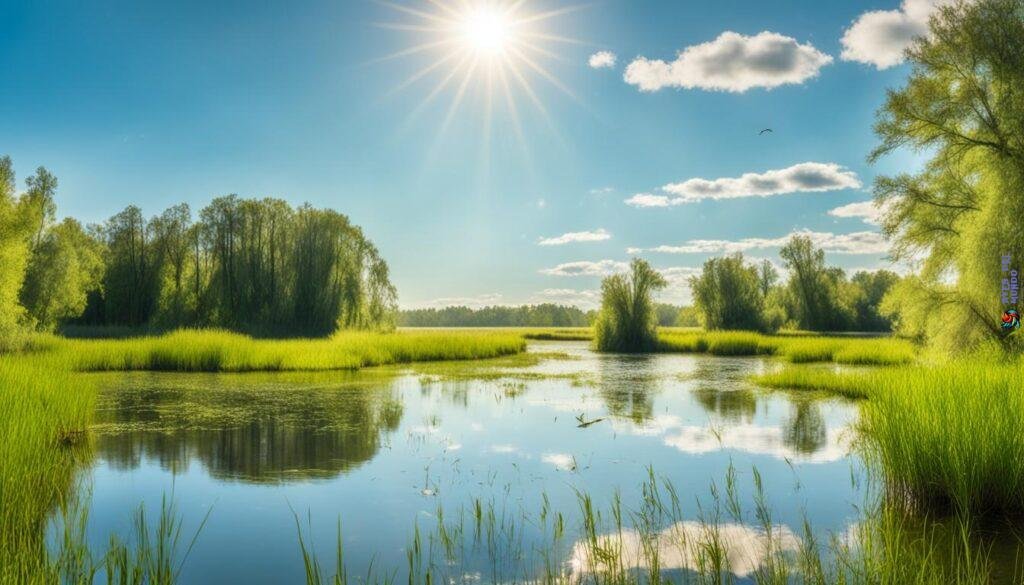
| Spot | Bird Species |
|---|---|
| Anhinga Trail | Wading birds, Cormorants, Purple Gallinules, Nesting Anhingas |
| Mahogany Hammock | Cape Sable Seaside Sparrows, Bald Eagles, Warblers |
| Paurotis Pond | Roseate Spoonbills, Wading birds |
| Nine Mile Pond | Snail Kites, White-crowned Pigeons |
| Snake Bight Trail | Warblers, Mangrove Cuckoos, Flamingos |
| Shark Valley Tram Road | Wood Storks, Limpkins, Wading birds |
Bird Photography in the Everglades
The Everglades offers a wealth of photographic opportunities for bird enthusiasts. To capture stunning bird photographs in the park, it’s best to bring a telephoto lens to get close-up shots of the birds without disturbing them. Patience is key when photographing birds, as they may move quickly or be elusive. Look for good lighting conditions, such as early morning or late afternoon, when the light is soft and golden. Position yourself at a suitable distance to avoid scaring off the birds and be mindful of their behavior to capture interesting moments. Experiment with different angles and compositions to create unique and compelling images.
Tips for Bird Photography in the Everglades
- Bring a telephoto lens to get close-up shots without disturbing the birds.
- Be patient and observe the birds’ behavior to capture interesting moments.
- Take advantage of good lighting conditions, such as early morning or late afternoon.
- Position yourself at a suitable distance to avoid scaring off the birds.
- Experiment with different angles and compositions for unique and compelling images.
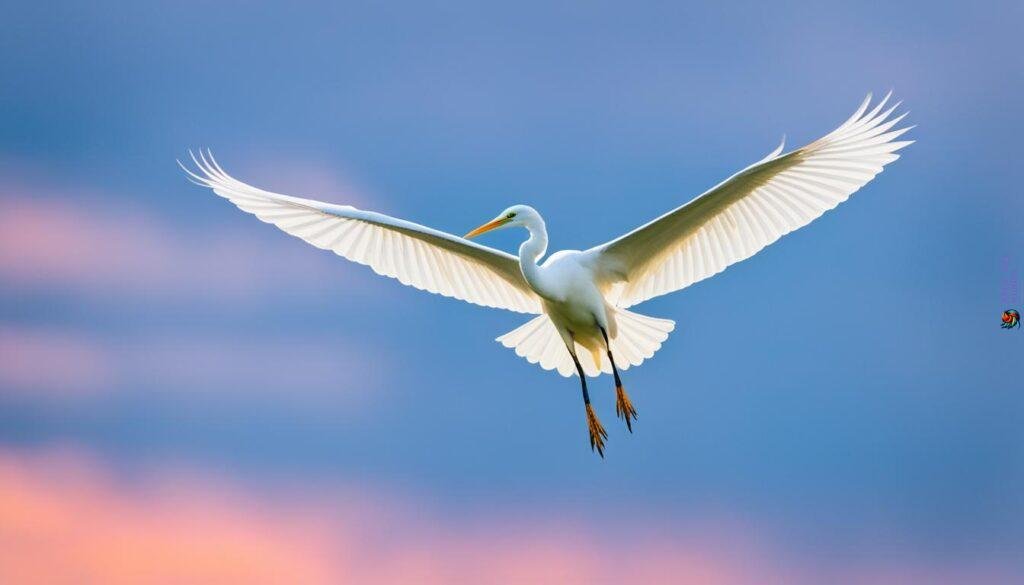
Table: Popular Bird Species in the Everglades for Photography
| Bird Species | Habitat |
|---|---|
| White Ibis | Marshes, Wetlands |
| Wood Stork | Wetlands, Swamps |
| Great White Heron | Coastal Areas, Mangrove Swamps |
| Great Blue Heron | Marshes, Coastal Areas |
| Great Egret | Marshes, Wetlands, Coastal Areas |
| Snowy Egret | Marshes, Wetlands, Coastal Areas |
| Tri-colored Heron | Marshes, Wetlands, Coastal Areas |
| Little Blue Heron | Marshes, Wetlands, Coastal Areas |
| Cattle Egret | Marshes, Wetlands, Grasslands |
| Reddish Egret | Marshes, Wetlands, Coastal Areas |
| Black-crowned Night Heron | Marshes, Wetlands, Coastal Areas |
| Yellow-crowned Night Heron | Marshes, Wetlands, Coastal Areas |
| Least Bittern | Marshes, Wetlands |
| Glossy Ibis | Marshes, Wetlands |
| Roseate Spoonbill | Marshes, Wetlands |
The Role of the Everglades in Bird Conservation
The Everglades National Park plays a crucial role in bird conservation in the Everglades. In the past, the population of birds in the Everglades faced threats from the plume trade and alteration of the landscape. However, the establishment of the national park helped protect and restore bird populations. Today, the Everglades remains an important habitat for birds. Its diverse ecosystems provide food, shelter, and breeding grounds for many bird species.
By preserving the Everglades, we ensure the continued survival and well-being of these birds and contribute to the overall conservation of avian life.
In the Everglades, birds find a sanctuary where they can thrive. The preservation of this unique ecosystem is essential for the long-term survival of numerous bird species.
Here is a table showcasing some of the bird species that depend on the Everglades for their survival:
| Bird Species | Conservation Status |
|---|---|
| White Ibis | Near Threatened |
| Wood Stork | Endangered |
| Great White Heron | Least Concern |
| Roseate Spoonbill | Near Threatened |
| Mangrove Cuckoo | Near Threatened |
These bird species rely on the Everglades’ unique habitats for nesting, feeding, and resting. Through continuous conservation efforts and public awareness, we can protect the Everglades and secure a future for these bird species.

Birdwatching Tips for the Everglades
If you plan to go birdwatching in the Everglades, here are some useful tips to enhance your experience:
- Bring binoculars: A good pair of binoculars is essential for observing birds from a distance and getting a closer look at their unique features.
- Dress appropriately: Wear comfortable clothing and footwear suitable for walking in the park’s diverse terrain. Opt for lightweight, breathable fabrics and sturdy shoes or boots.
- Stay hydrated: Carry plenty of water and snacks, as birdwatching can be a time-consuming activity. It’s crucial to stay hydrated and energized throughout your excursion.
- Observe from a distance: Be respectful of the birds and their habitats by maintaining a safe distance. Avoid disturbing them or tampering with their natural environment.
- Join a guided program: Consider joining a ranger-led birdwatching program or hiring a local guide. They can provide expert knowledge, share interesting facts about the birds, and increase your chances of spotting rarer species.
By following these tips, you’ll have a more enjoyable and successful birdwatching adventure in the Everglades.

| Tips | Benefits |
|---|---|
| Bring binoculars | Enhanced observation and closer views of birds |
| Dress appropriately | Comfortable exploration of diverse terrain |
| Stay hydrated | Sustained energy and well-being during birdwatching |
| Observe from a distance | Respect for birds and preservation of their habitats |
| Join a guided program | Expert knowledge and increased chances of spotting rare species |
Future of Bird Species in the Everglades
Climate change poses significant challenges for the future of bird species in the Everglades. Currently, the Everglades provides a suitable climate for a diverse range of bird species, allowing them to thrive in this unique ecosystem. However, projections indicate that by 2050, these bird populations may be at risk of extirpation or will have to adapt to new climate conditions.
While projected changes in climate suitability can serve as a rough guide to anticipate potential impacts, it’s important to note that they are not definitive predictions. The survival and presence of bird species in the Everglades are influenced by various factors, including habitat quality, food abundance, and the ability of birds to adapt to changing conditions.
Continued monitoring and conservation efforts are crucial to ensure the resilience of bird populations in the Everglades. By closely monitoring changes in climate patterns and their effects on the ecosystem, scientists and conservation organizations can work towards developing effective strategies to protect and support bird species.
«The future of bird species in the Everglades depends on our ability to mitigate the effects of climate change and preserve their habitats. We need to take action now to ensure the long-term survival of these beautiful creatures.»
Projected Changes in Bird Populations
To understand the potential impact of climate change on bird populations in the Everglades, researchers have conducted studies and used models to project future changes. These projections highlight the importance of addressing climate change to prevent significant disruptions to avian life in the region.
| Projected Changes | Impact on Bird Populations |
|---|---|
| Increased temperatures | May lead to shifts in bird distribution and altered breeding patterns. |
| Changes in precipitation patterns | Can impact food availability and nesting conditions for bird species. |
| Rising sea levels | May result in the loss of coastal habitats, affecting species that rely on these areas. |
| Altered vegetation dynamics | Can affect bird foraging habits and nesting opportunities. |
It is crucial to interpret these projections with caution as they represent potential scenarios. However, they serve as a valuable tool to inform conservation efforts and guide decision-making processes that aim to protect the future of bird species in the Everglades.
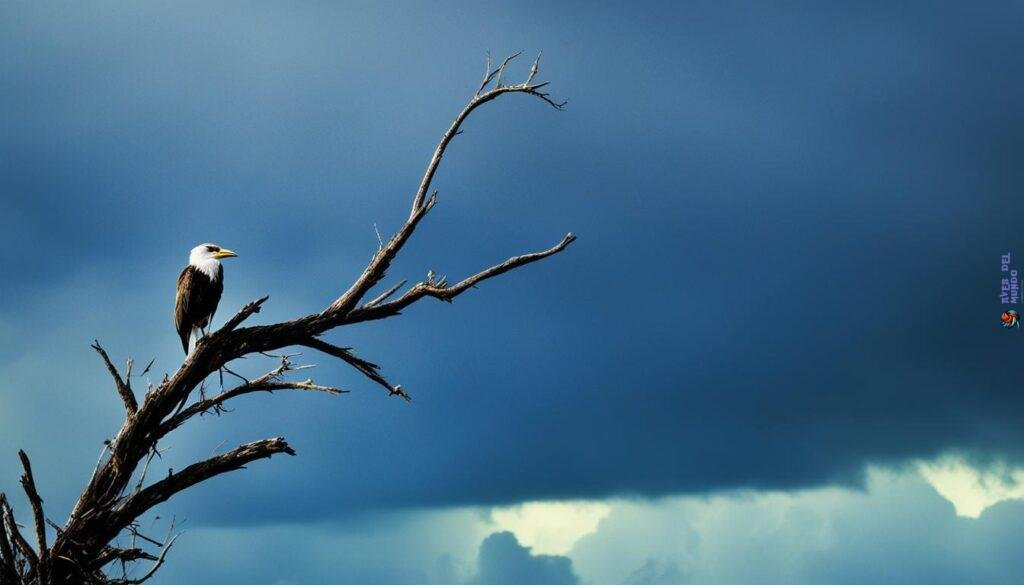
«As the climate continues to change, new conservation strategies must be implemented to safeguard the future of bird species in the Everglades. The resilience and adaptability of these birds are essential, but they also rely on our commitment to preserving their habitats and reducing the impact of climate change.»
Visitor Centers and Birdwatching Information
Make the most of your birdwatching adventure in Everglades National Park by visiting the park’s visitor centers. These centers serve as valuable resources, providing up-to-date information on recent bird sightings and offering expert advice on the best spots for birdwatching.
Two popular visitor centers to check out are the Homestead (Main Entrance) and Gulf Coast Visitor Center. Here, you can gather essential information and tips to optimize your birdwatching experience. From bird habitats to migration patterns, the knowledgeable staff can provide valuable insights to help you spot and identify different bird species.
Additionally, don’t forget to consult the park’s calendar for scheduled ranger-led programs and guided tours specifically focused on birdwatching. These programs offer the perfect opportunity to learn from experts, enhance your birding skills, and gain a deeper appreciation for the incredible bird species that call the Everglades home.
